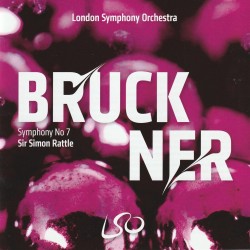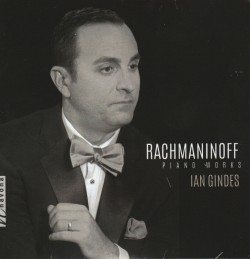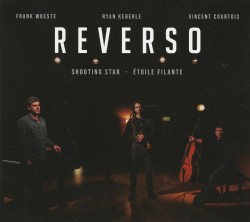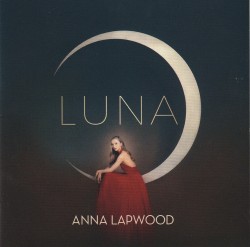Bruckner: Symphony No.7 - London Symphony Orchestra; Sir Simon Rattle
 Bruckner – Symphony No.7
Bruckner – Symphony No.7
London Symphony Orchestra; Sir Simon Rattle
LSO Live LSO00887 (lso.co.uk)
It is said that Otto Kitzler, a decade younger than his student Anton Bruckner, helped inspire a momentous change in his illustrious pupil. The defining moment that enabled Bruckner to find his true musical vocation was when he heard Kitzler conduct a performance of Wagner’s Tannhäuser in Linz.
Bruckner had spent 40 years assimilating every rule of composition. However, Kitzler’s performance of Wagner led Bruckner on a voyage of discovery of Wagner that enabled him to break the rulebook he had so assiduously assimilated. Indeed Wagner, the operatic iconoclast, enabled Bruckner to create symphonic music that mirrored Wagner’s achievements as a master of music drama.
Nowhere is the newly discovered dramaturgy more evident than in this version of Bruckner’s most enraptured Symphony No.7. It features the long radiant phrase by the cellos and the first horn, which unfolds over tremolando strings. The portentous Adagio presages Wagner’s death with the sombre, glowing tone of four Wagner tubas. The near-demonic and extreme tension generated by the violins’ restless accompaniment in the dramatic Scherzo is evocative of Bruckner’s discovery of the devastating fire that killed 386 patrons in the Ringtheater. This is followed by the near-euphoric airy pastoral character in the climax of the finale.
Sir Simon Rattle’s shaping of Bruckner’s arching phrases, the exactness of his control of the London Symphony Orchestra and the sumptuousness of the orchestral tone majestically reinforce the idea of Bruckner as a master builder.



